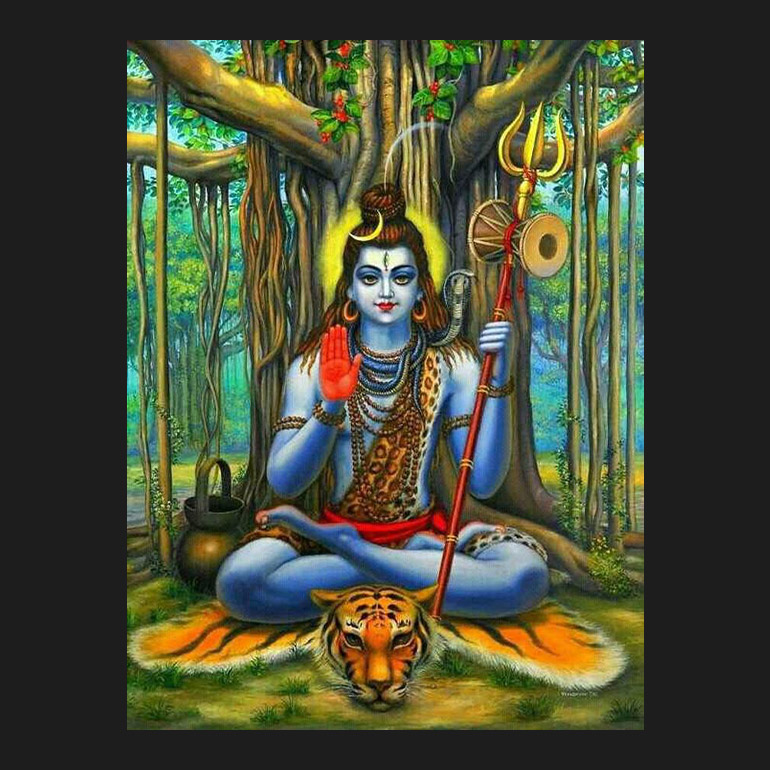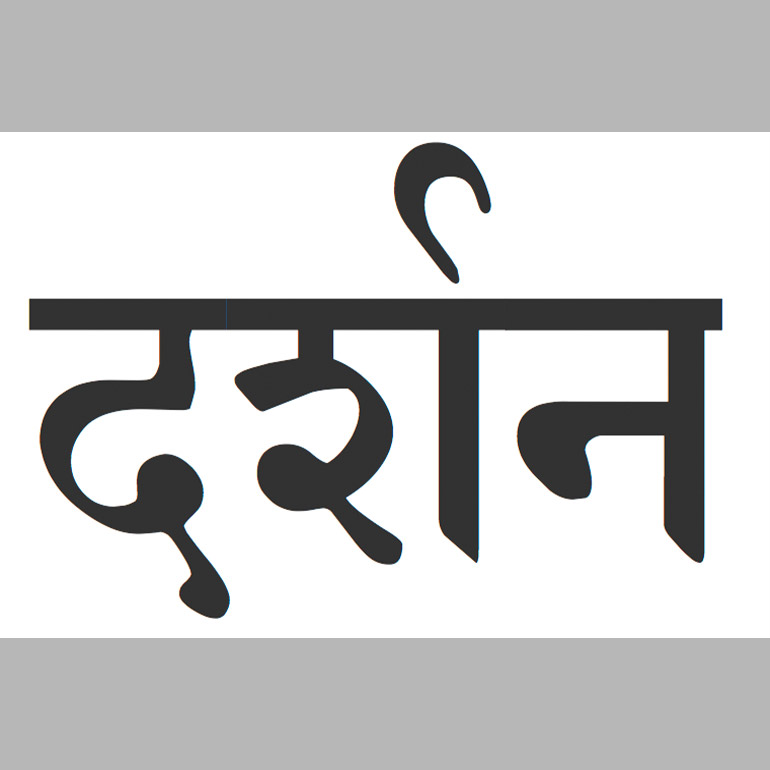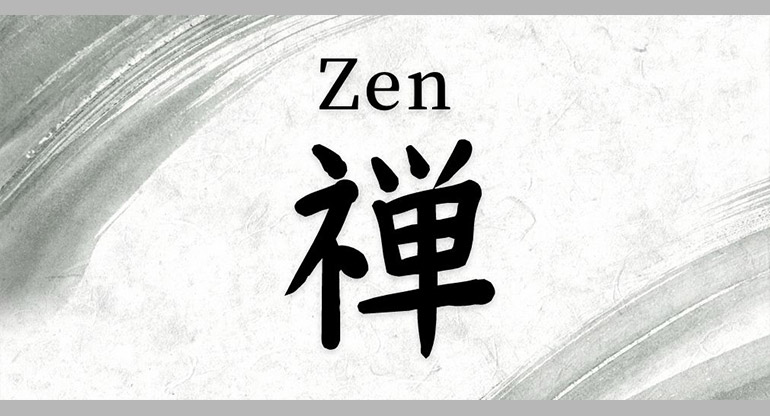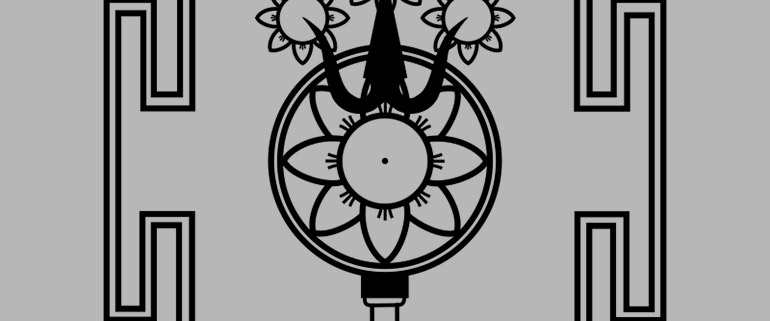The Original Tantra, Part 2
Here’s a second part of the article The Original Tantra. It’s a guest blog by a friend of mine, Anssi Pitkänen and I have translated the article from Finnish.
As you can see, the so-called “neo-tantra” does not have much to do with the origins of tantra. If you would like to read about how the development happened, here’s a great article about tantric sex just for that.
Whenever we research a philosophy different from our own, we need to review our fundamental ideas about reality. The entire framework that directs our thinking needs to be put under scrutiny. Many religions are “meta-narratives”, stories about the world, which dictate what kind of stories we create for ourselves when we are in this world.
Meta-narratives can correspond to reality for better or worse, but their great value lies in the fact they also touch the question: What kind of world do we wish to create for ourselves?
Non-dual Shaiva Tantra

Non-dual Shaiva Tantra, or NST for short, is a spiritual movement which was prominent in 900-1200 AD. It emphasizes a direct experience of the reality which has both transcendent and immanent aspects. They are called Siva and Sakti, where Siva is pure consciousness carrying all of existence, and Sakti is the energy the entire visible universe consists of. Siva and Sakti are not two separate phenomena, but two aspects of the same process.
How to find a Guru nowadays?

Initiation to a guru-disciple relationship and to a spiritual community belongs integrally to this tradition. The spiritual practices have four aspects: contemplation of the teachings, meditative rituals, yogic techniques to develop the subtle body and the esthetical cultivation of the senses.
According to NST only one thing exists, just in different forms. That thing can be called the Sacred or God. I will simply call it Reality here. If we say that only Reality exists, that means that there is nothing that is not that Reality. This is the essence of NST. The goal of NST is to experience this one Reality in all beings and as all beings.
The two aspects of Reality are like silence and sound. Siva is behind everything that exists, without any attributes, without a persona. It can not be reached through the senses or the mind. Sakti is the reality as it appears to us phenomenally.
If this again looks like we’re talking about two separate things, you could think of it through the silence-sound metaphor. Silence is the background from which all sound arises. Silence itself does not have any properties, but all sounds arise from it. Since silence does not sound like anything, it is free to transform to whatever sound, and then back to silence. Further, because the space between sounds defines sounds, there cannot be sound without silence and no silence without sound. They define each other and are the two aspects of the same phenomena.
One radical aspect of NST is that because everything is God, if we approach it with the right attitude, anything can become a spiritual practice. This is including the senses and sense objects. Everyday life can be a great practice if we stay present to it.
The importance of Darsana
The first and most critical step on the spiritual path is Darsana, the right attitude or view. It is also a worldview, that is, a view of our reality. You can even think of it as a map of the path that one is about to step onto. The importance of a right attitude can be illustrated with the following example: even if you have great gear, you’re fit and your skills to survive are excellent, if you go the wrong direction, you probably won’t reach your goal. If your orientation is right, you will find your way even if you go slower, and even if you face some unexpected hindrances.

Spiritual exercises develop the abilities of the mind, and they can be used in various ways. If the attitude is not right, the practitioner could use the skills acquired, for example, through yoga, to control and manipulate others. This is also a reason why it’s good to know where you are heading: there can be many temptations on the path, and it’s good to be aware of them.
In addition it’s good to mention that it’s not quite enough that you verbally know of the right attitude, that is, you know how to recite the correct words. We have the right attitude when we feel it in our bones. That’s why the practice and developing the right view go hand in hand: the experiences make the picture richer and bring it alive. This, in turn, reveals new aspects from the practices and directs our intention towards them.
An example about the importance of the right attitude: master Abhinava Gupta says that if we practice yoga from the mental attitude that we are not ok as we are, that we are somehow flawed and there’s something that needs to be fixed, this can prevent yoga from fulfilling its purpose – understanding and expressing that what we already are.
At last, the right attitude reflects onto our experience. Through it, we experience the world on a non-conceptual level. To borrow expressions from cognitive psychology, our inner models or schemas are mental constructs that structure our experience. When we learn to drive a car and study traffic rules, we need to think about what to do and when. In time, the schemas for driving develop so strongly that we don’t need to think about driving. We then manage it on a non-conceptual level. It’s the same with the right attitude. When it is rooted deep enough, it will structure our experience of the world without our need to consciously think about it.
A different kind of Reality
I will now present the picture of reality according to NST, to open up what is actually meant by it. Afterward, we will ponder it from different perspectives.
All that is, has been and will be, is one eternal sacred Consciousness, free and blissful. It projects to its own field of experience a great number of seemingly separate subjects and objects, each object being an actualization of the timeless potential that is contained in the Light of Awareness. Each experiencer, you and me, are One and the same contracted center of self-awareness.
This creation, sacred play, originates from the natural impulse where the Awareness expresses its own self-awareness in the works of the totality, the impulse arising from love. The awareness contracts to the limited bodily shapes from its own free will.
When these subjects identify with their limited shapes and cognitions – and not to their Real Self beyond these limited shapes – the experience that arises is called suffering. To rectify this, some of us feel the calling to the spiritual path of wisdom and the practice of yoga. The purpose of this path is to see this misunderstanding of identification and directly observe with imminent awareness the fact that the five sacred powers – consciousness, bliss, will, knowledge and action – form also an individual experience, thus noticing that the real identity of the self is the highest Divinity.
This experiential insight is made stronger by different means until it becomes a non-conceptual background for all experiences and the practitioners’ contracted experience of themselves finally expands to the perfect oneness. Then the experience is filled with the ecstatic Divine dance of the universe.
And all this means..?
I will now explain the ideas expressed above. According to this view, there’s only one thing that exists, and it has a capacity for awareness. This can be thought of in the following way: we see that reality is One, and that everything which exists belongs to this reality, and that there’s nothing that is not part of this whole. In addition, Reality clearly has a capacity to be aware of itself, for we are also part of that reality, and we have the capacity to be aware. So: reality is aware of itself. Even further condensed: The eye that looks to the universe is the eye of the universe.
All the beings are a part of this Is-ness, which is looking at itself with countless eyes. If we make this more personal, it’s you who are the process of the self-realization of the universe. It’s through your eyes that the universe looks at itself.
In the center of this philosophy, there’s the idea of awareness because we can’t really fathom anything existing that is not an experience of some subject. And every experience and observation are felt as a conscious experience.
This view can be called spiritual, for it can’t really be proven in any empirical way. It will be felt as true in one’s own experience, or not at all.
It can’t be proven, because all proof happens in itself. But still, take just any moment and there it is, it’s present in every moment of our lives. Even if we feel it every moment, we’re seldom aware of it. We pay very little attention to what is present in every experience. To that state, where all experiences happen. You can hear the sounds in the room where you are, and the silence that is behind it, where the sounds arise from time to time, as an acoustic event. That’s it.
We existing as sentient beings give the phenomenal or experiential dimension to the world. The sounds get an experienced appearance in us, the same with colors, a sense of hardness or soft things. Whatever you have experienced in this world, it has been possible because you have the ability to experience, to clad reality with the shapes of human experience.
In the tradition of Zen, there’s an old Koan, a question: Who makes the grass green? The world gets its existence through our experience of it. If there were not any experiencers in the world, would it matter that there were none? Would the thought of the world with no-one experiencing it make any sense?

We have the ability to create explanations and models of the world we experience, and we can even believe that these models are the reality and not a model of it. If we mix up the models with which we describe the reality with the object of that description, we make a mistake that causes suffering. Likewise, the thoughts of spirit and matter or their separation, are models, not the reality they try to convey.
So here’s the second part of this deep exploration of the tantric philosophy. The ideas can be a bit difficult to understand, because they go beyond the thinking mind. But just feel the idea, observe it, examine it and wrestle with it. And see if it makes sense.
You can read the first part of The Original Tantra Part 1 here.
Yours,
Mark




